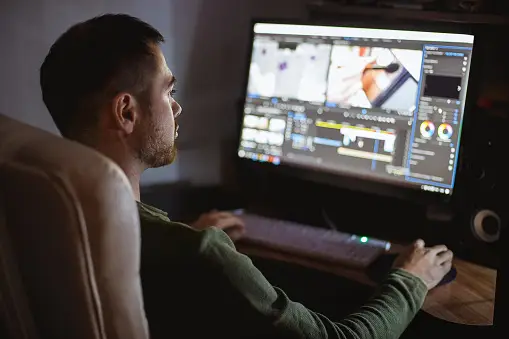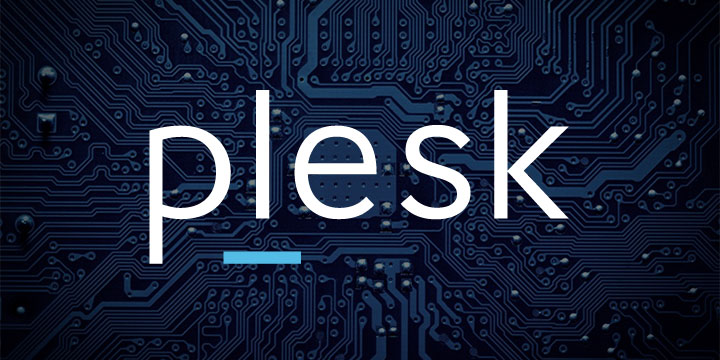dvancements in Computer-Generated Imagery (CGI) and Visual Effects in Films: Impact on Storytelling and Filmmaker Challenges

Computer-generated imagery (CGI) and visual effects have revolutionized the film industry, enabling filmmakers to bring imaginative worlds, fantastical creatures, and epic action sequences to life. This essay explores the advancements in CGI and visual effects, their impact on storytelling, and the challenges faced by filmmakers in harnessing these technologies.
Advancements in CGI and Visual Effects:
a) Realism and Immersion: CGI and visual effects have evolved to a point where they can seamlessly integrate with live-action footage, creating incredibly realistic and immersive environments. From expansive alien landscapes to intricate details on characters, advancements in CGI have allowed filmmakers to blur the line between reality and fantasy.
b) Character Animation: CGI has made significant strides in character animation, enabling filmmakers to create lifelike human and non-human characters. Facial motion capture and advanced rigging systems have brought nuanced expressions and emotions to animated characters, enhancing the audience’s ability to connect with them on an emotional level.
c) Physics and Destruction: The advancement of physics-based simulations has revolutionized the depiction of destruction and large-scale action sequences in films. CGI allows filmmakers to convincingly portray natural disasters, explosions, and other high-impact events, adding spectacle and excitement to the storytelling.
d) Virtual Cinematography: CGI has expanded the possibilities of virtual cinematography, allowing filmmakers to create dynamic camera movements and perspectives that would be impossible or highly dangerous in real-life situations. This freedom enables directors to craft visually stunning sequences and explore innovative storytelling techniques.
Impact on Storytelling:
a) World Building: CGI and visual effects have empowered filmmakers to create intricate and immersive worlds that were previously unimaginable. From the vast landscapes of Middle-earth in “The Lord of the Rings” to the futuristic cityscapes of “Blade Runner 2049,” CGI has played a pivotal role in shaping the visual identity of these fictional realms.
b) Imaginative Creatures and Characters: CGI has brought to life a wide array of fantastical creatures and characters that were once limited by practical effects. From the lifelike apes in the “Planet of the Apes” franchise to the legendary dinosaurs of “Jurassic Park,” CGI has expanded the possibilities of creature design, enabling filmmakers to explore new realms of creativity.
c) Visual Metaphors and Symbolism: CGI and visual effects can be employed as powerful tools for visual metaphors and symbolism, enhancing the thematic elements of a film. By manipulating visual elements, such as color, texture, and form, filmmakers can convey abstract concepts and deepen the layers of storytelling.
Challenges Faced by Filmmakers:
a) Balancing Realism and Artistry: While CGI offers unprecedented realism, filmmakers face the challenge of striking a balance between realism and artistic interpretation. Overreliance on CGI can sometimes lead to a loss of practicality and authenticity, potentially disconnecting the audience from the story. Filmmakers must carefully integrate CGI with practical effects and cinematography to maintain a cohesive visual style.
b) Technical Complexity and Time-Intensiveness: The complexity of CGI and visual effects requires filmmakers to collaborate with specialized teams and invest significant time and resources. The process of creating CGI can be time-consuming, often requiring meticulous planning, rendering, and post-production work. Filmmakers must navigate these technical challenges while adhering to production schedules and budget constraints.
c) Avoiding Overuse and Visual Fatigue: The ubiquity of CGI and visual effects in contemporary films poses the risk of desensitizing audiences to their impact. Overuse of CGI can lead to visual fatigue, diminishing the novelty and impact of the technology. Filmmakers must exercise restraint and strategic implementation to ensure that CGI serves the story rather than dominating it.
Conclusion:
Advancements in CGI and visual effects have transformed the film industry, offering filmmakers unprecedented opportunities for creative expression and immersive storytelling. These technologies have enabled filmmakers to push the boundaries of visual imagination, world-building, and character development. However, filmmakers must navigate the challenges of striking a balance between realism and artistry, managing technical complexity, and avoiding overuse. As CGI and visual effects continue to evolve, filmmakers will be tasked with harnessing these technologies responsibly to enhance storytelling and captivate audiences.
Related posts:
 The Process and Implications of the United Kingdom’s Departure from the EU
The Process and Implications of the United Kingdom’s Departure from the EU
 The Power and Influence of Fan Communities: Shaping Content, Driving Marketing Campaigns, and Engaging with Creators
The Power and Influence of Fan Communities: Shaping Content, Driving Marketing Campaigns, and Engaging with Creators
 Promising Business Plans For 2024
Promising Business Plans For 2024
 Glitz, Glamour, and Excellence: The Significance of Award Shows in Recognizing and Celebrating Excellence in Entertainment
Glitz, Glamour, and Excellence: The Significance of Award Shows in Recognizing and Celebrating Excellence in Entertainment
















